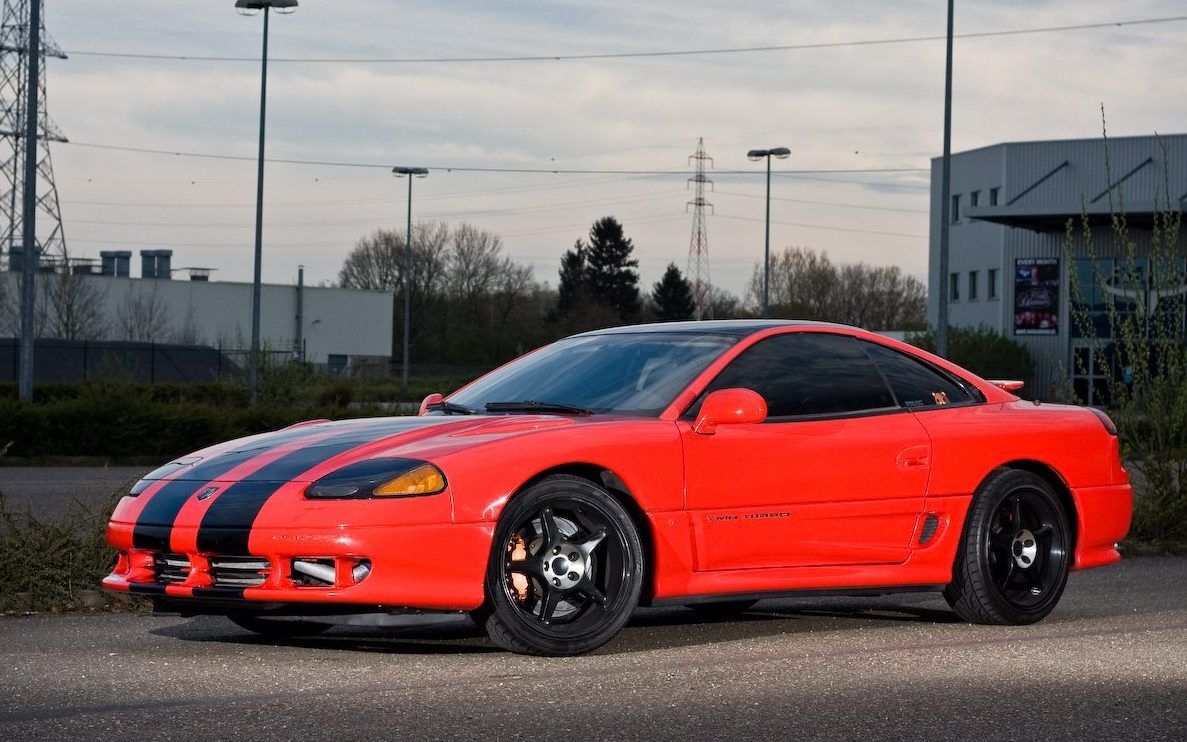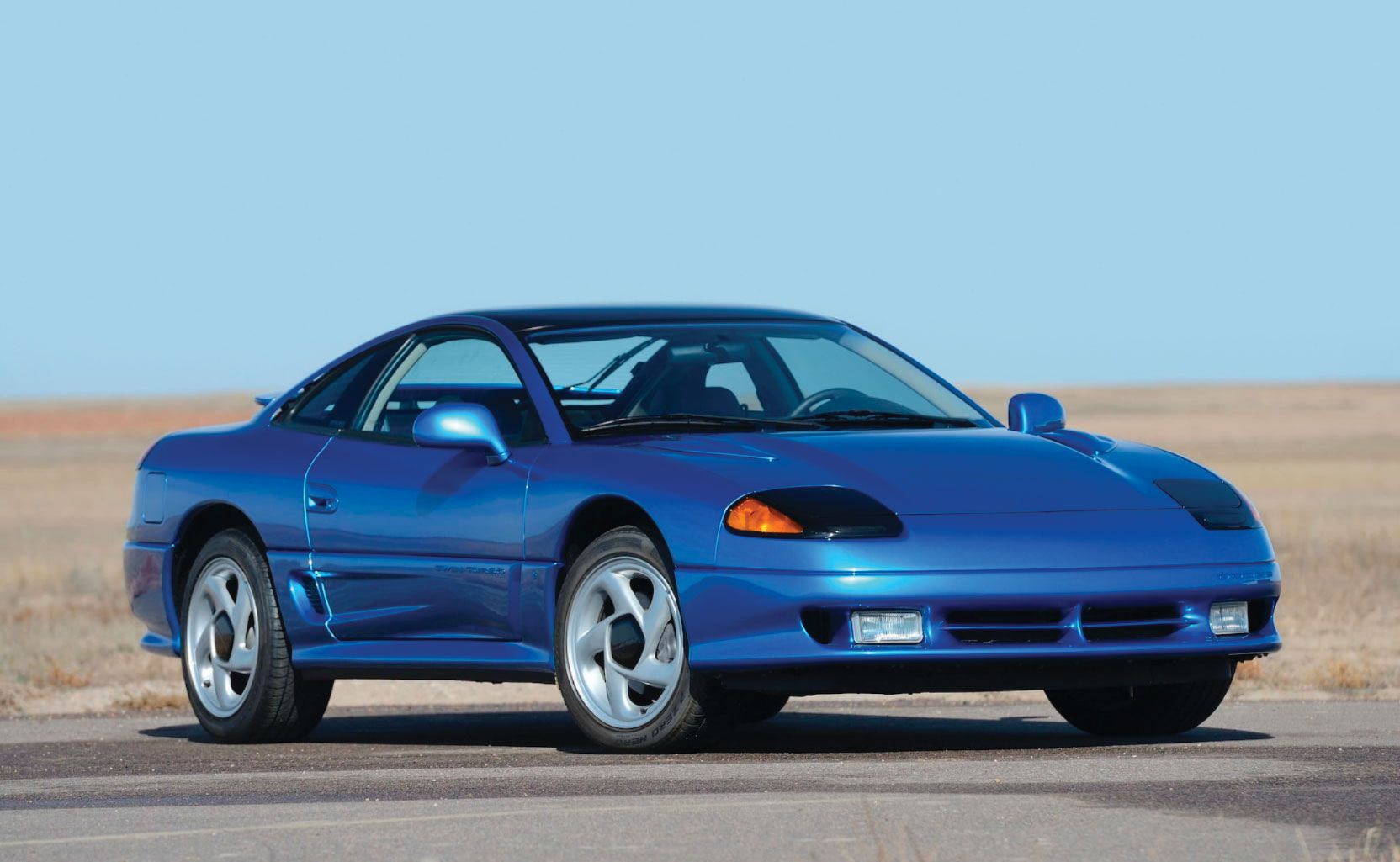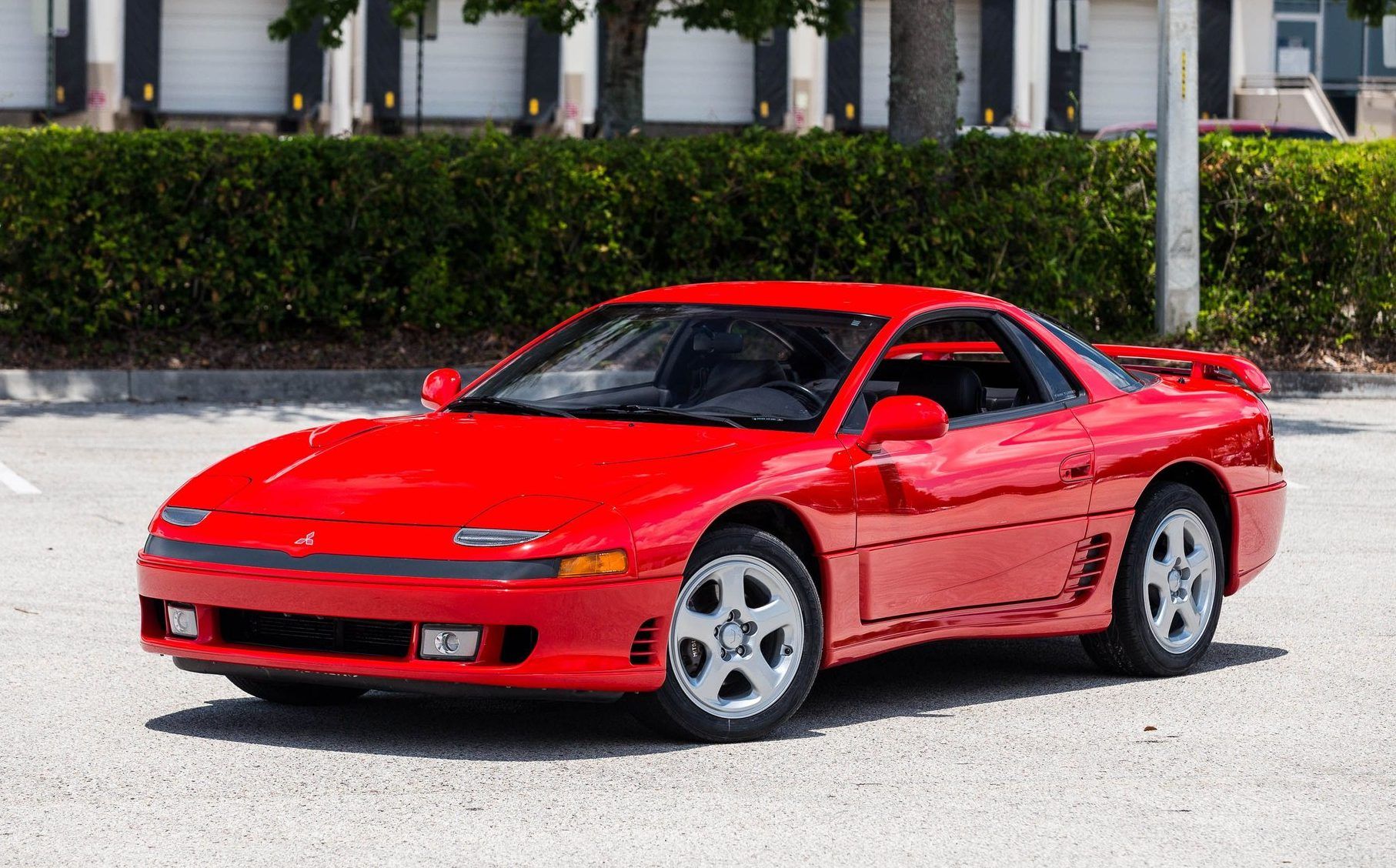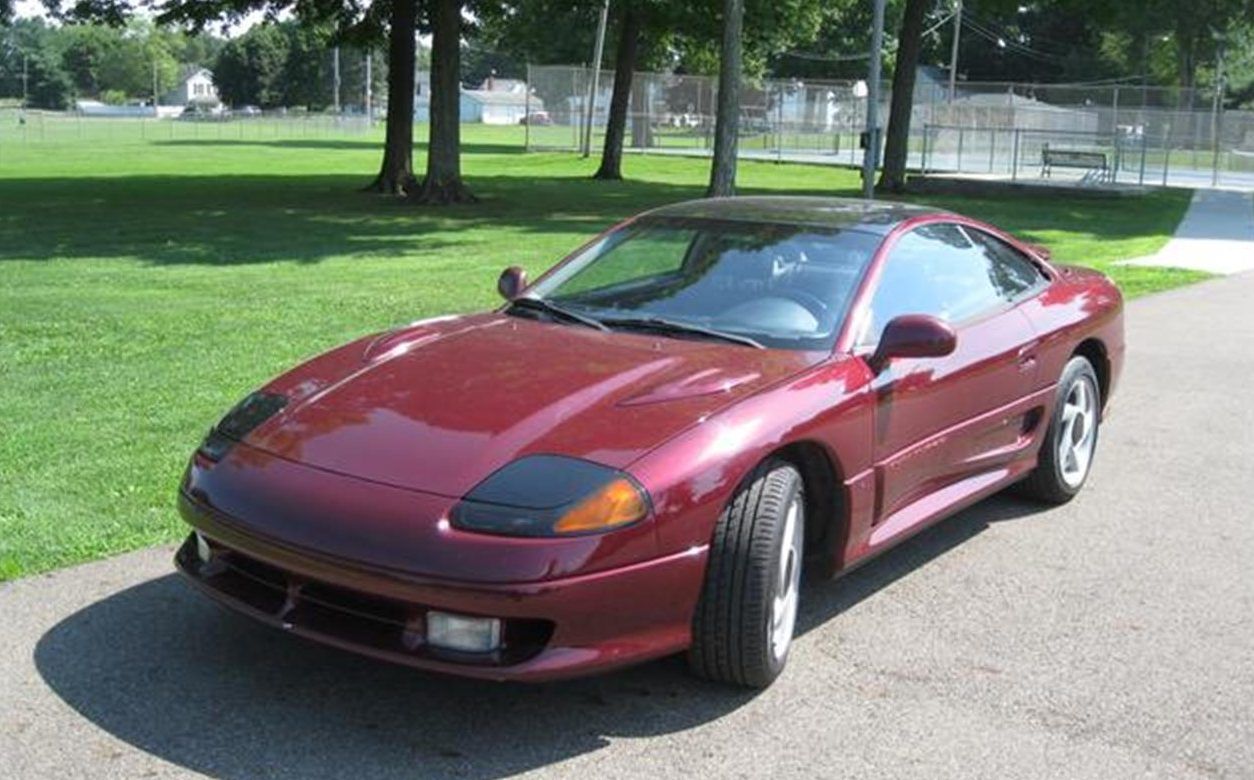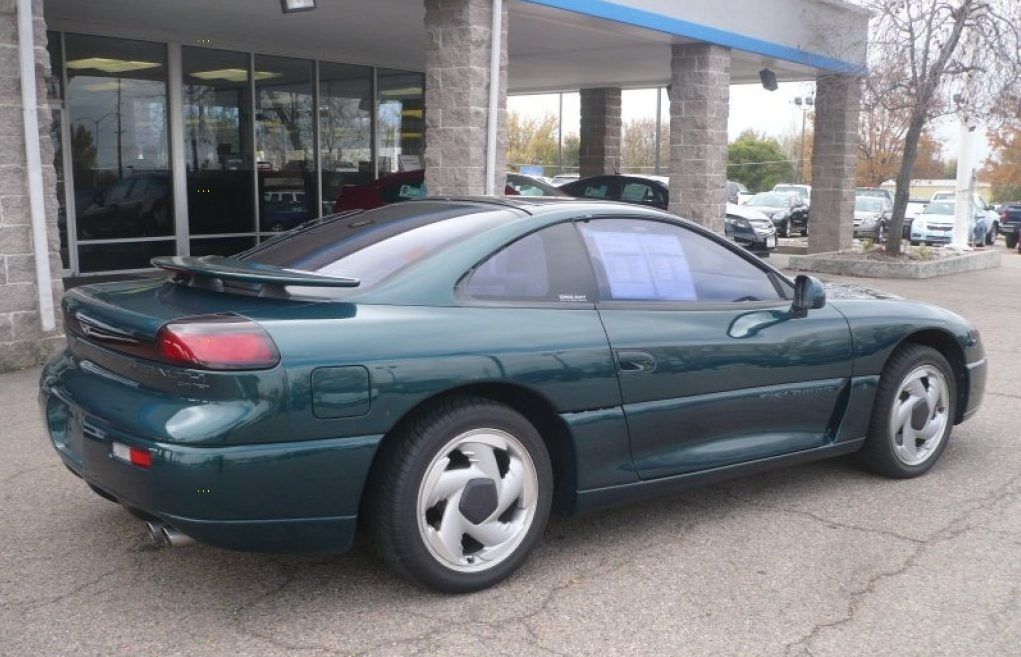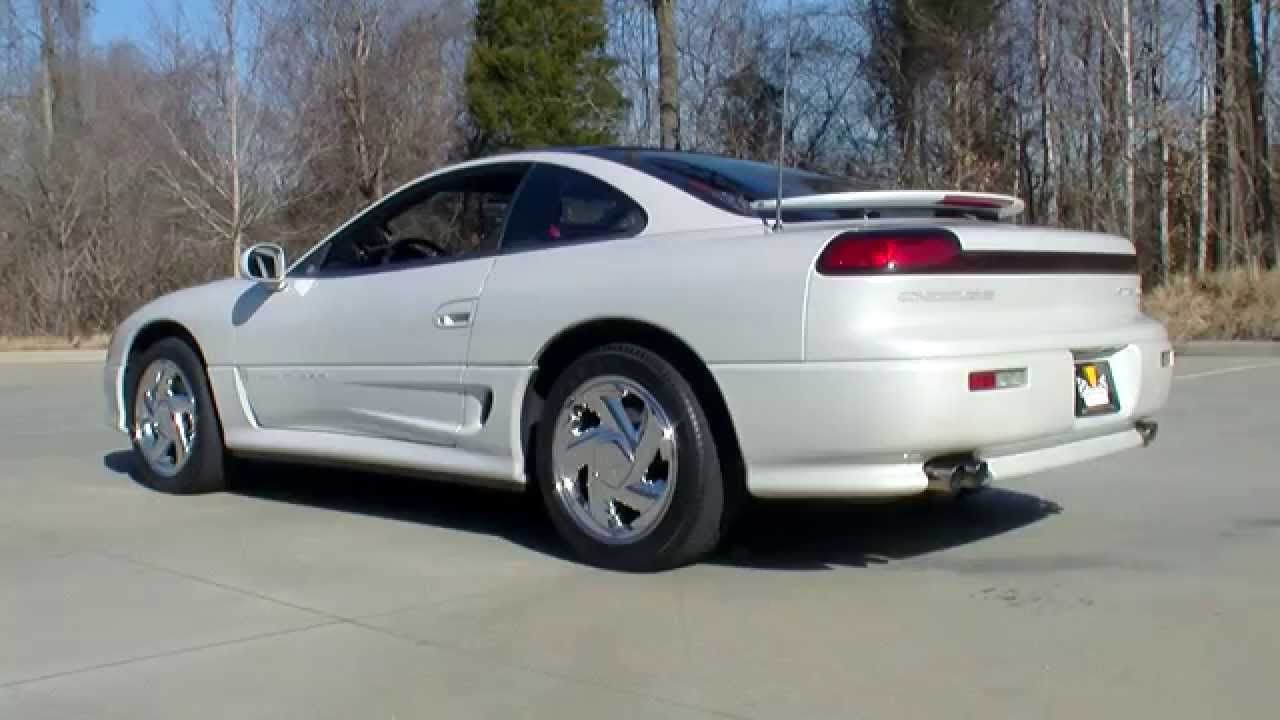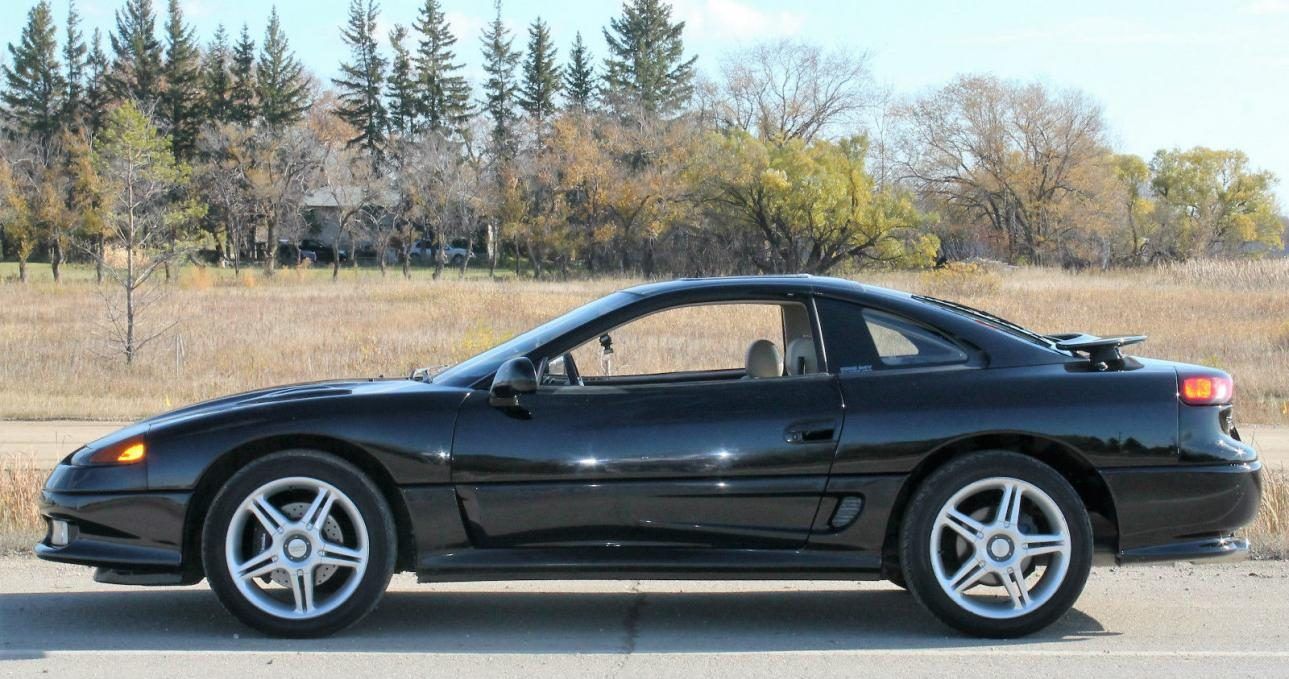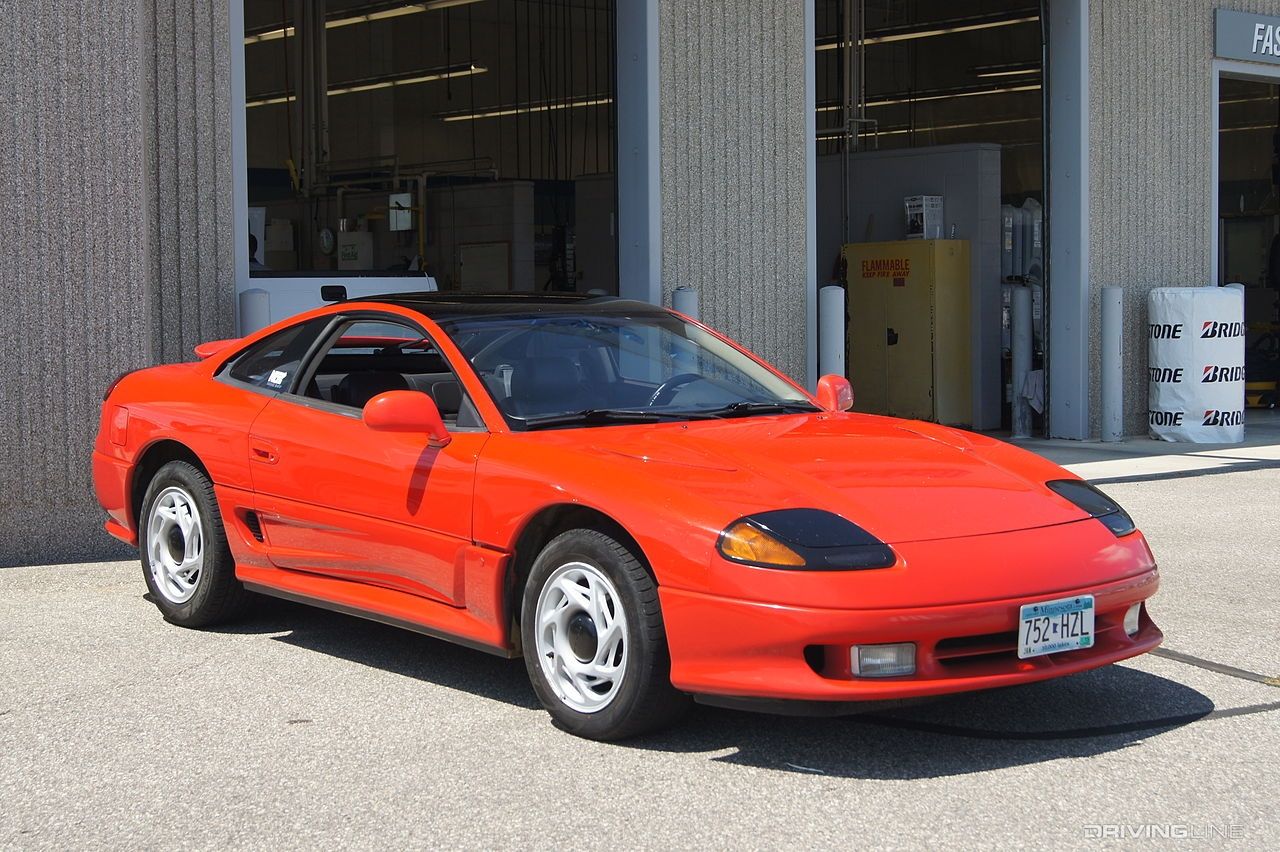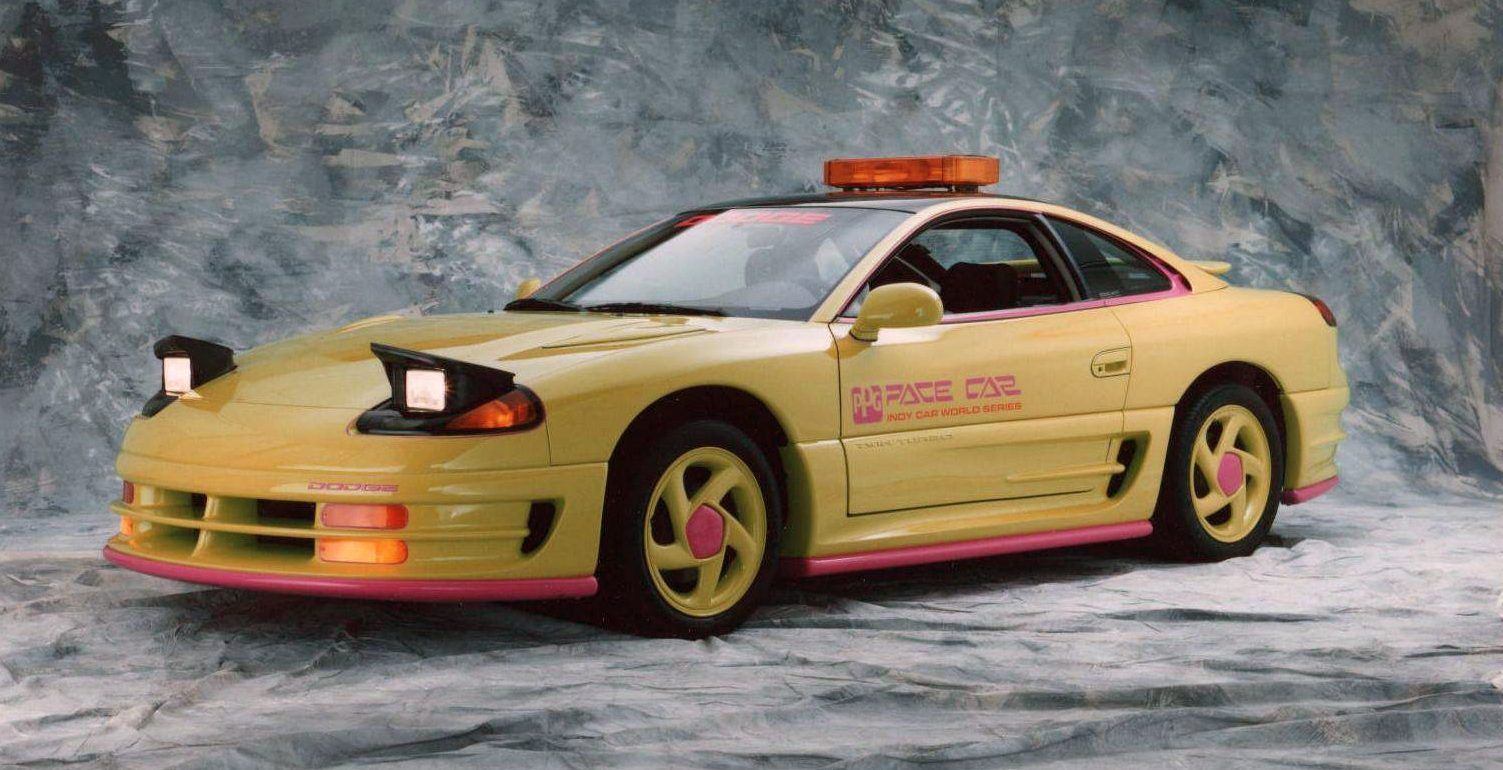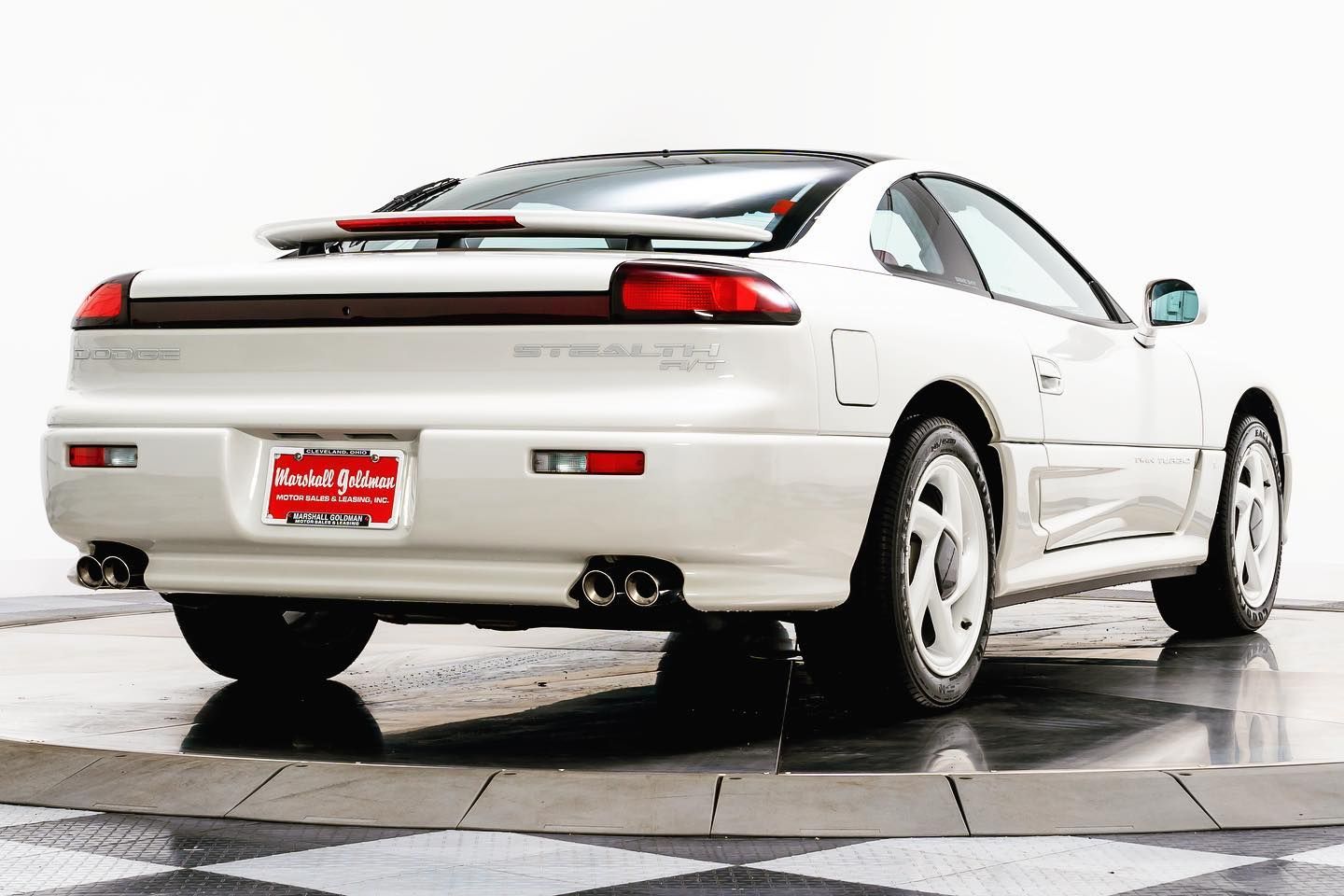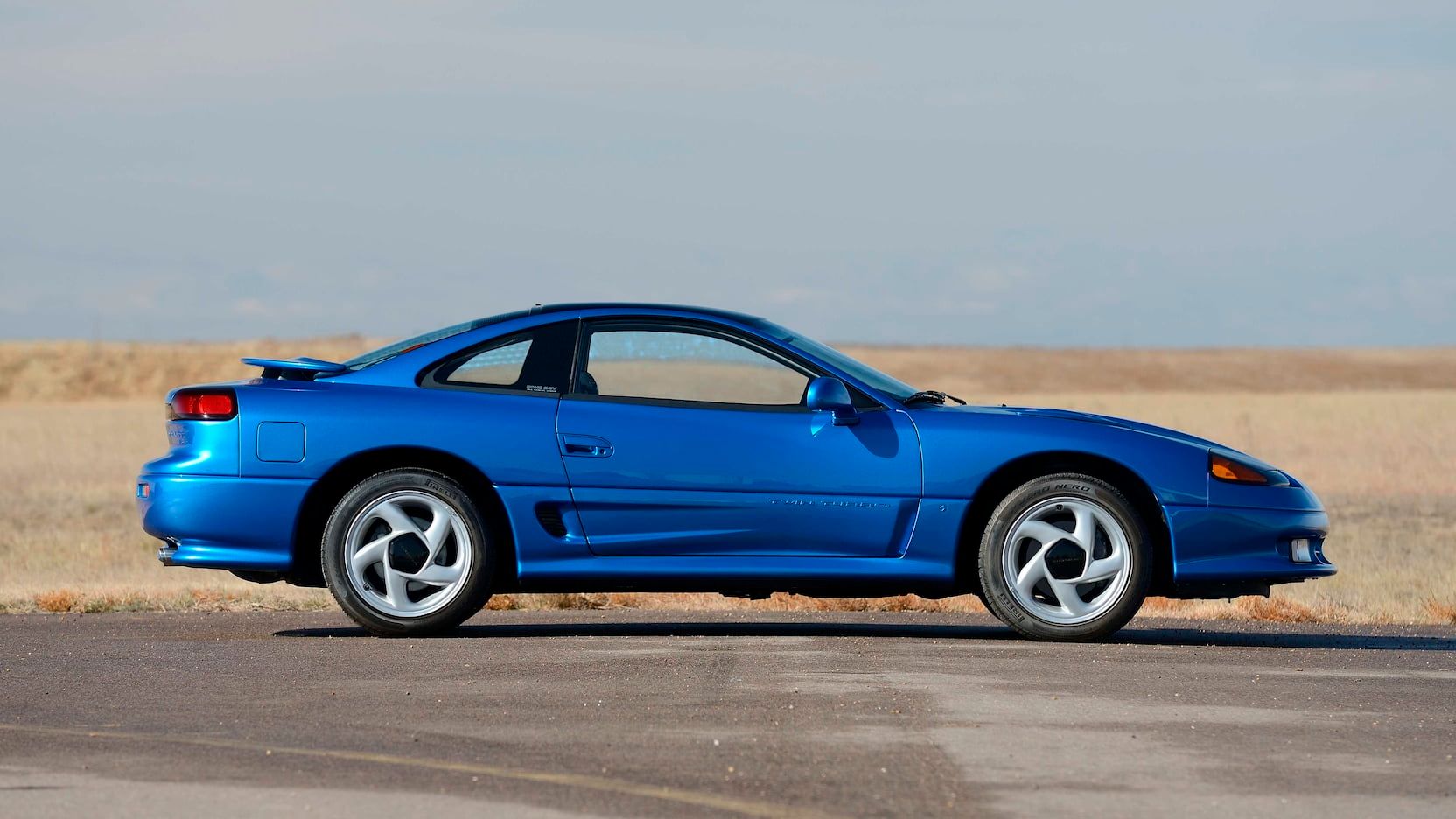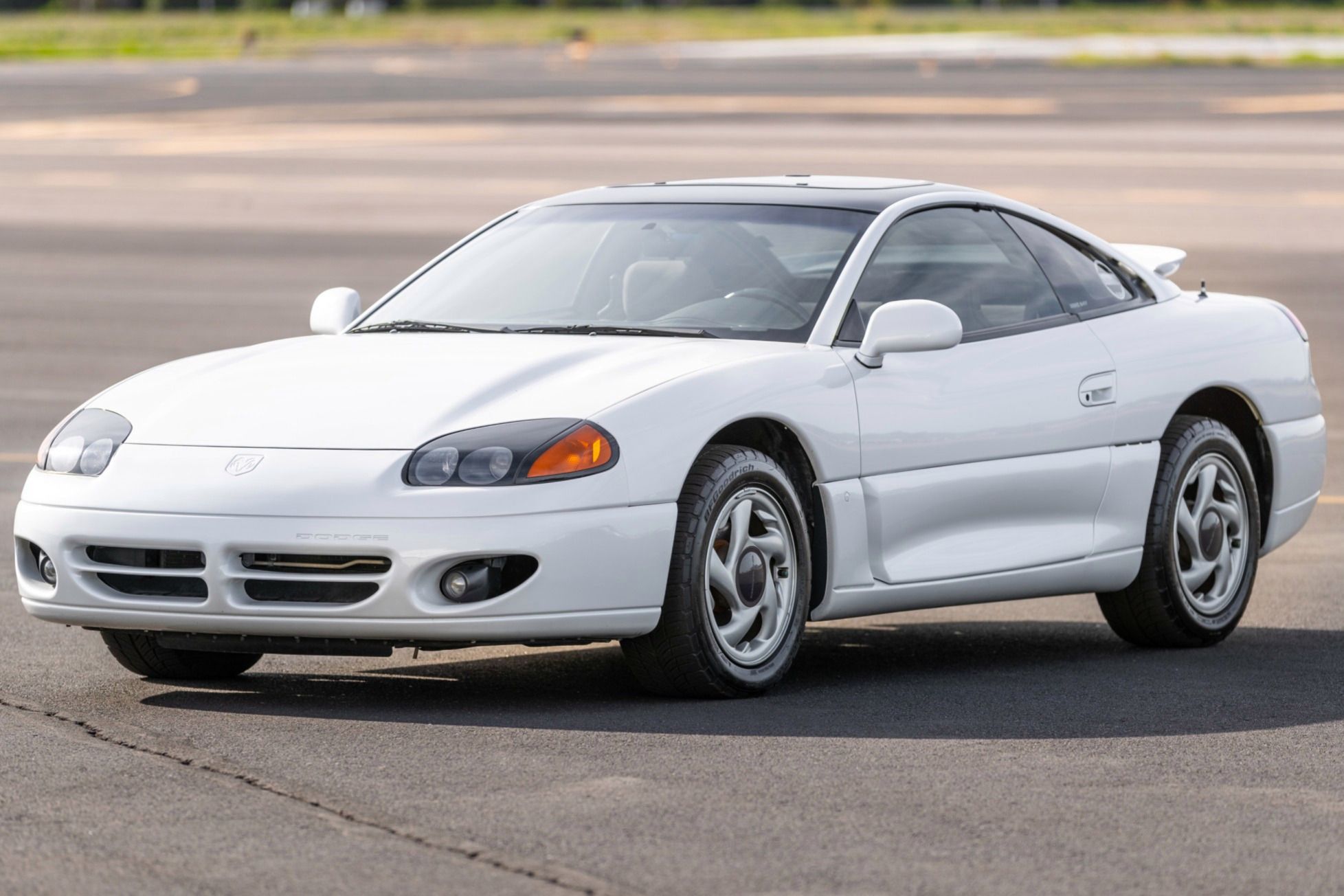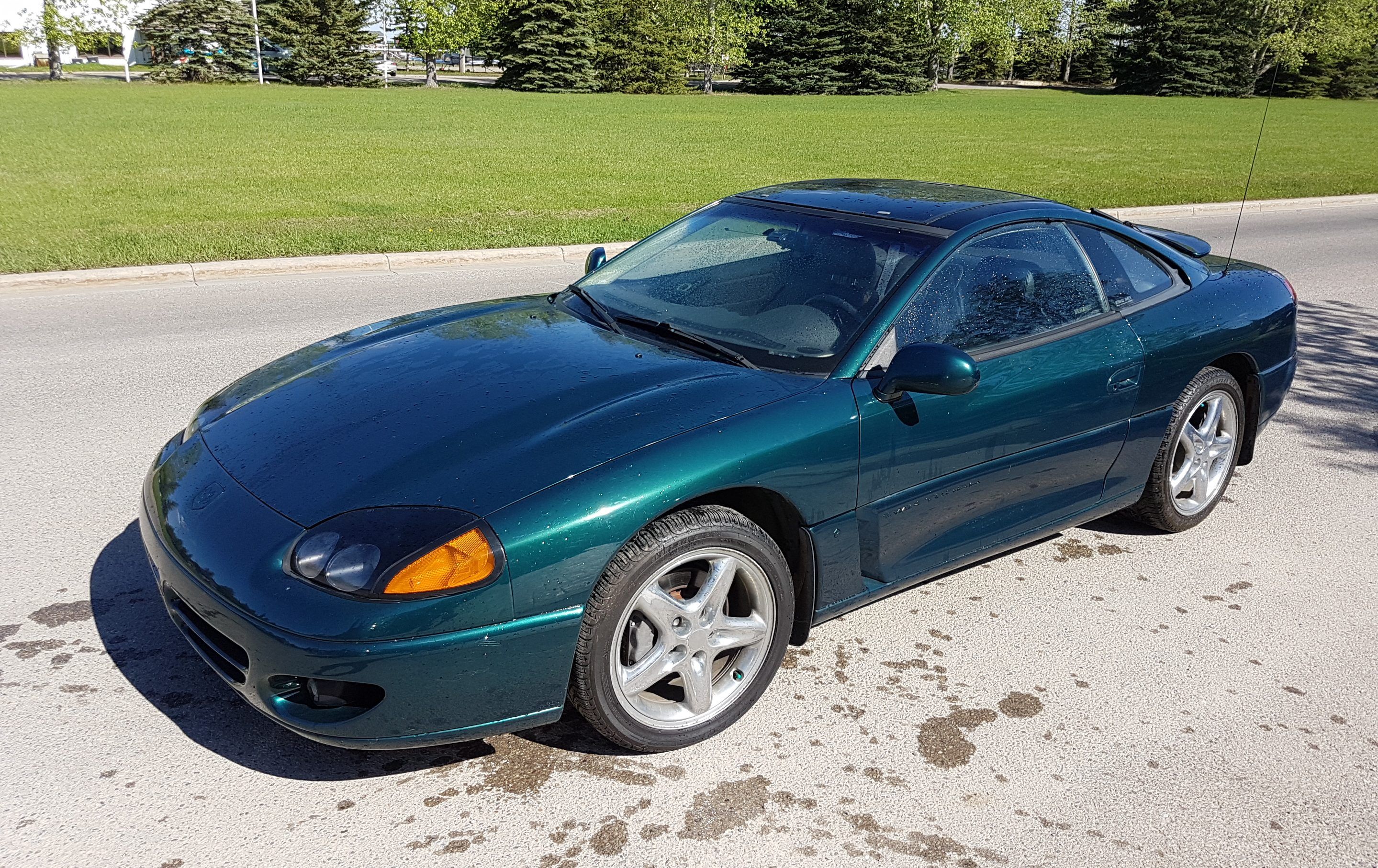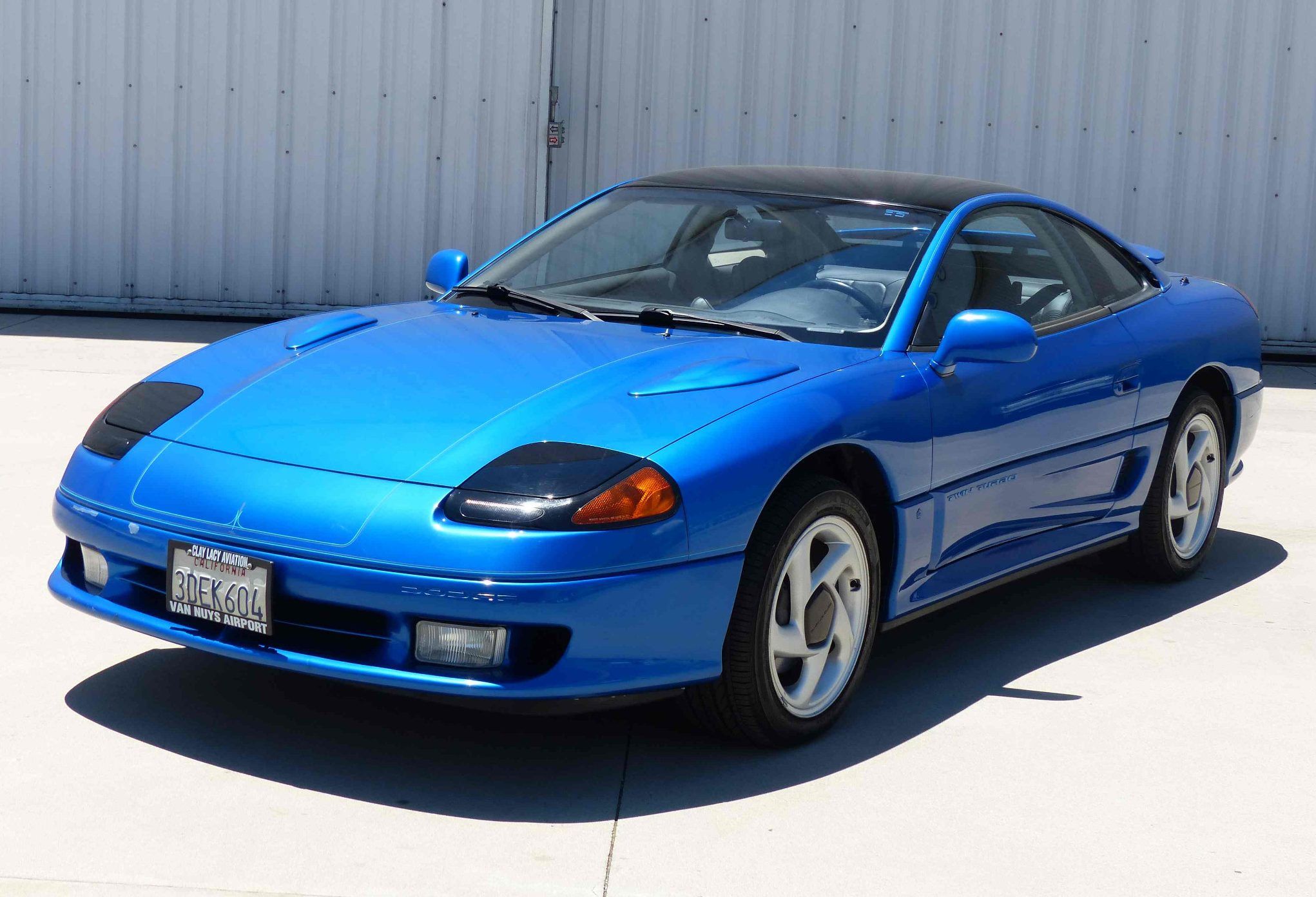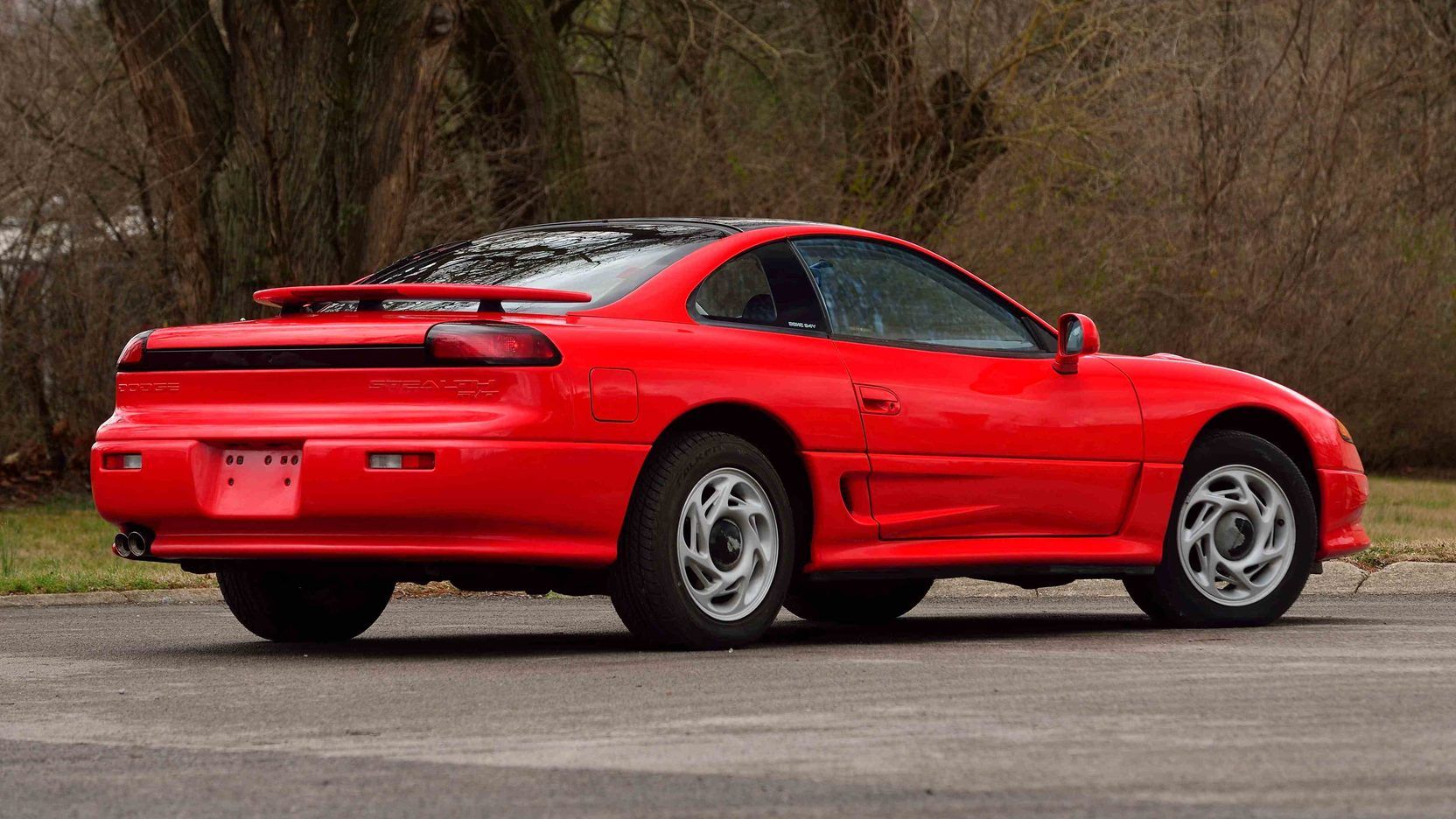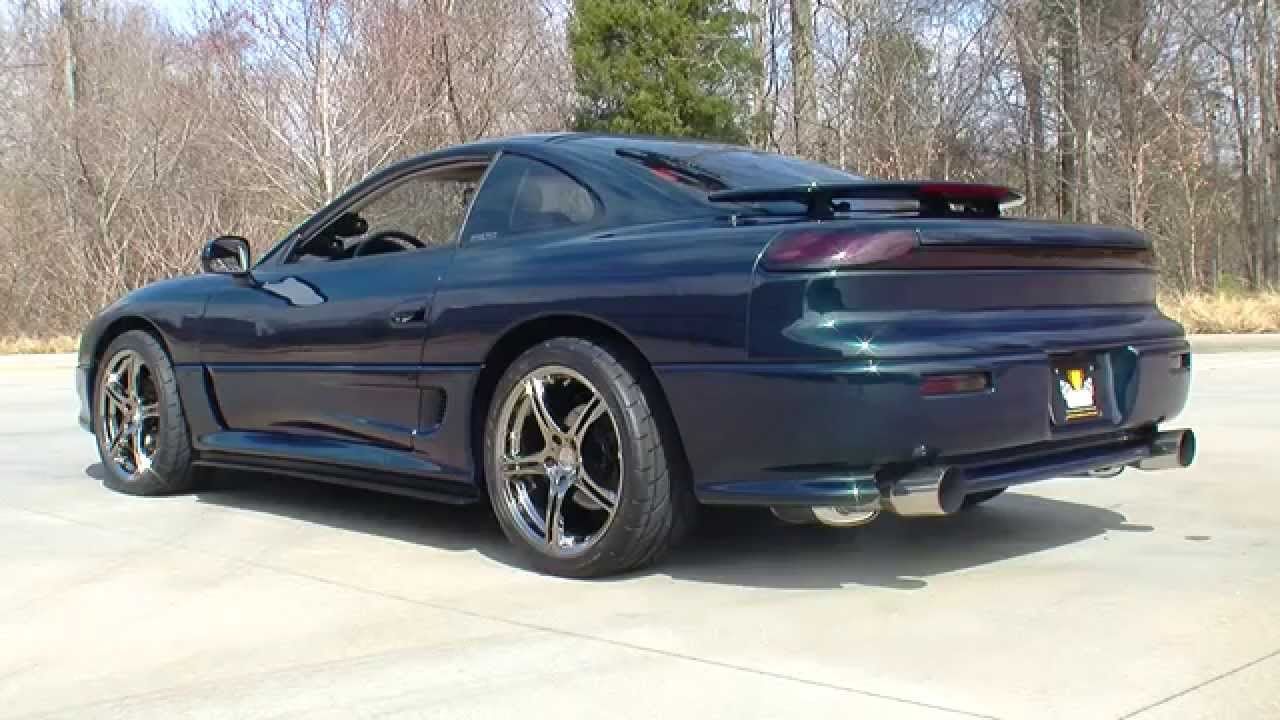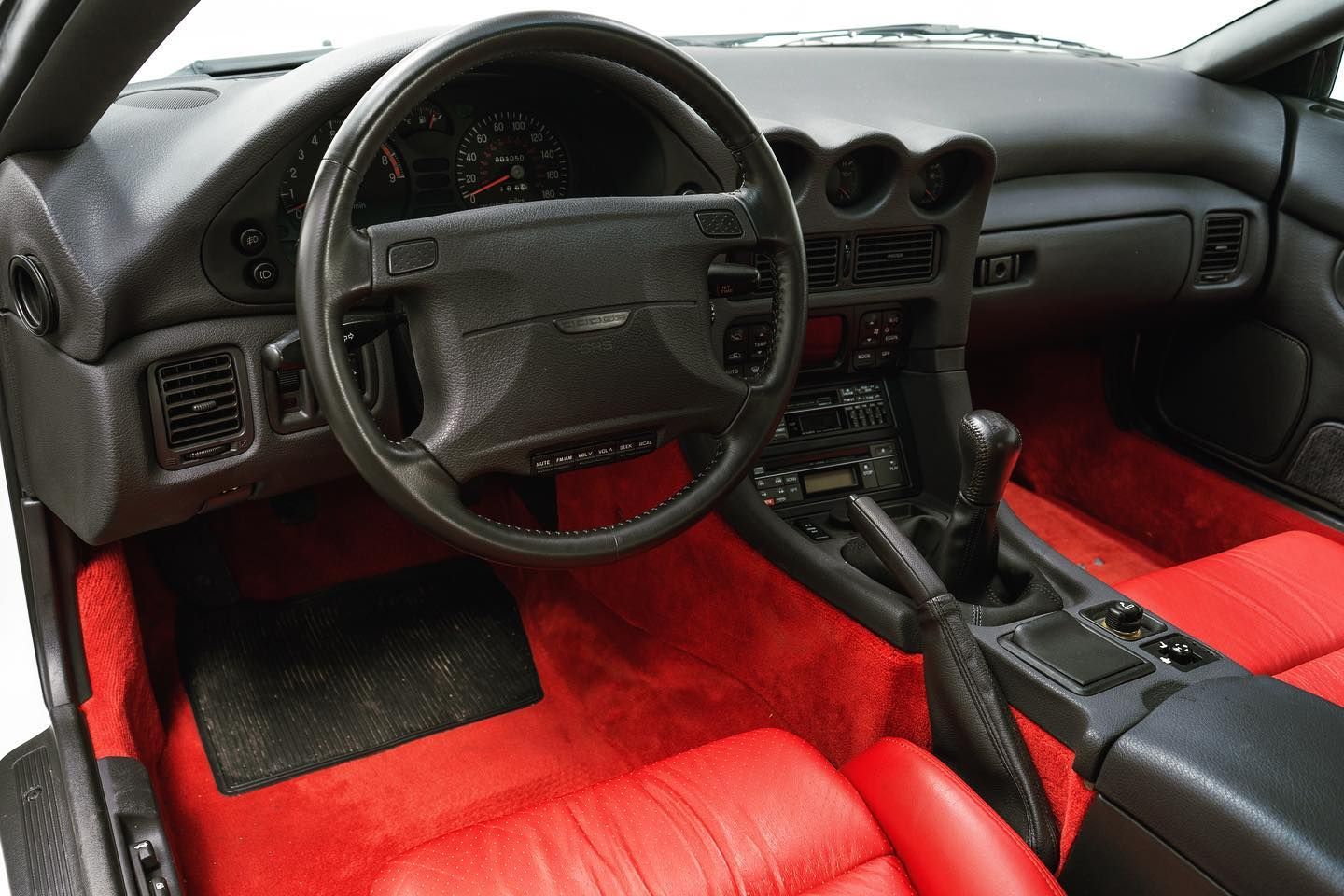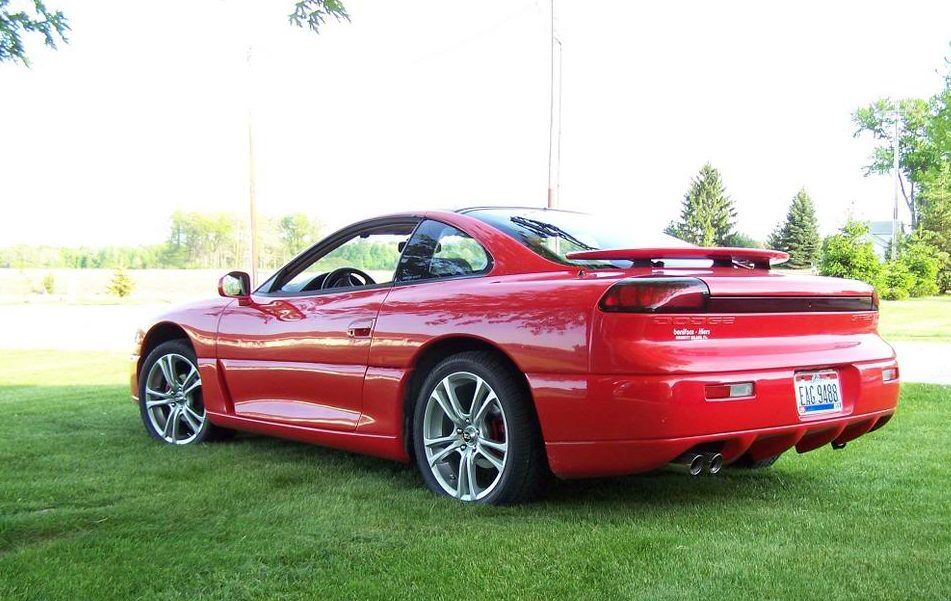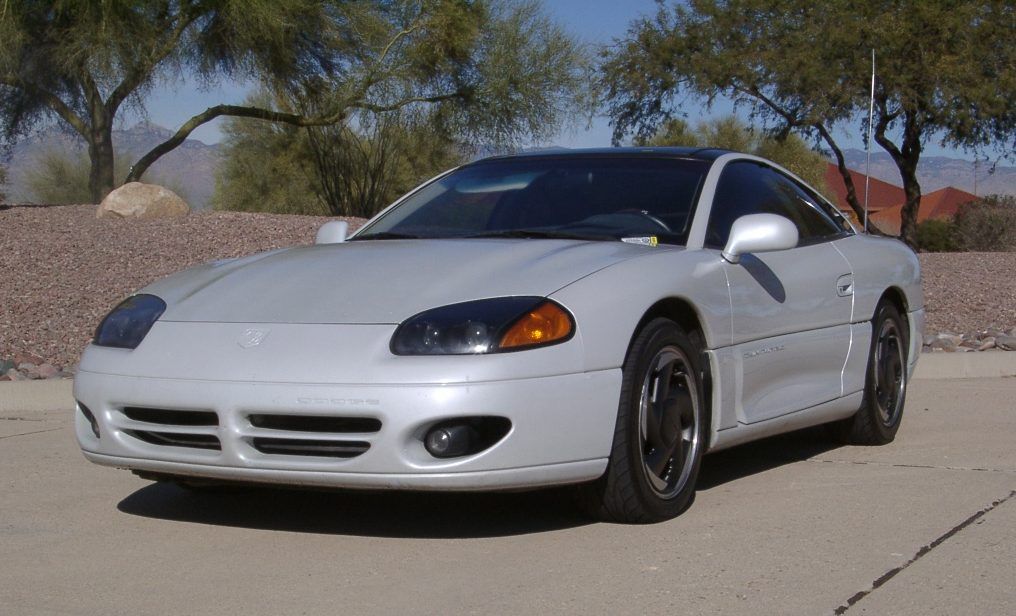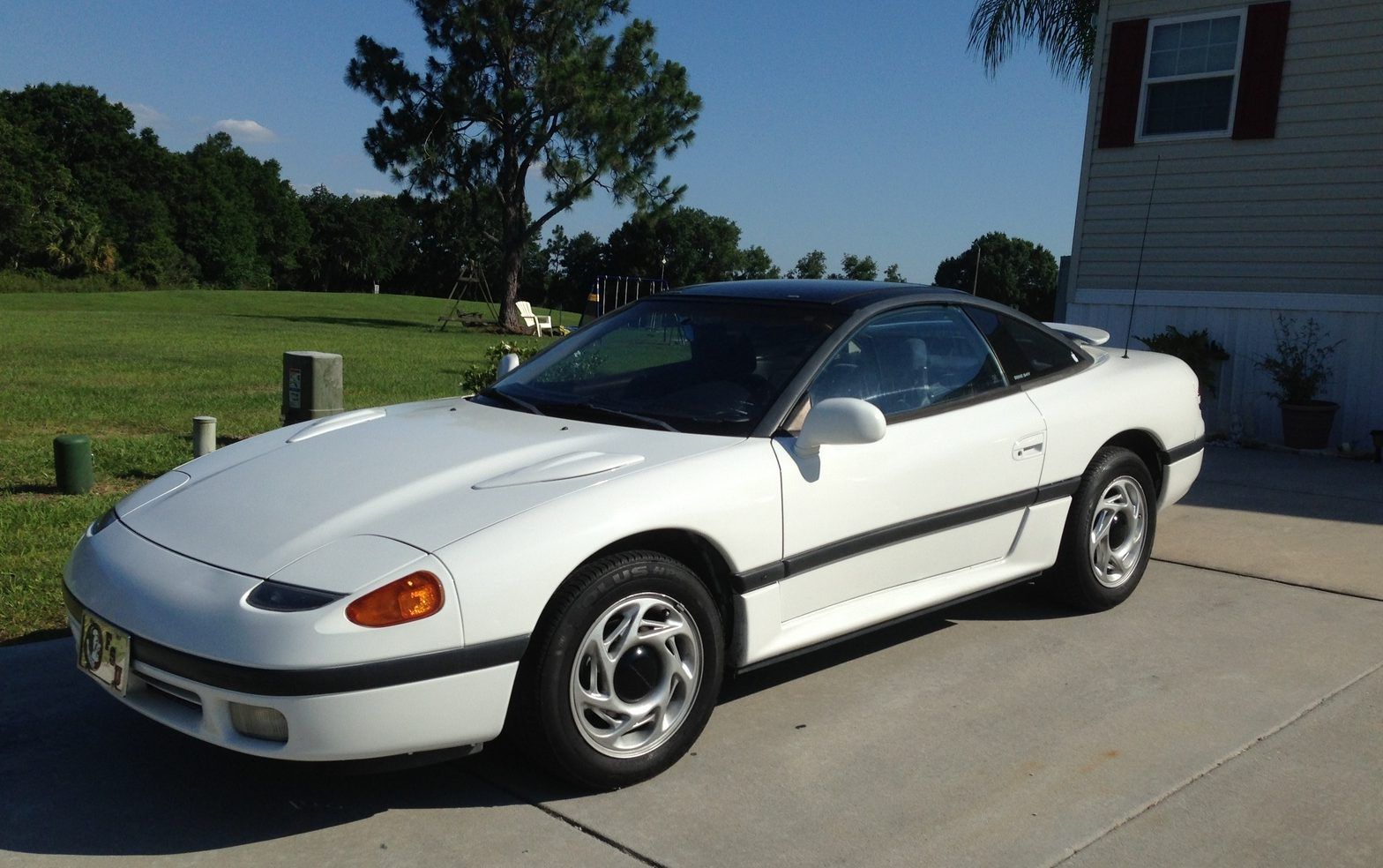Collaboration between carmakers are not unheard of in the automobile industry and happen for a variety of reasons. The relationship between Chrysler and Mitsubishi began in the 1970s when the American carmaker started to sell Mitsubishi vehicles. This relationship deepened through the '80s as Chrysler increasingly relied on Mitsubishi to help freshen its aging product line with a slew of small, sporty cars and pickups. This collaboration ultimately resulted in the introduction of the Dodge Stealth to the American market.
The Stealth, an American-styled car with Japanese underpinnings, was well-received initially with sales that exceeded 18,000 units in the first full year of production. However, that number had plunged to 3,077 by 1995, prompting Chrysler to announce that it was going to scrap the Stealth from its lineup. The Dodge Stealth was a solid car, thought by many to be well in advance of its time. We agree and would love to see the car make a comeback.
10 Beneath The Skin
The Dodge Stealth was little more than a rebadged Mitsubishi 3000GT. Yes, the Americans were responsible for the car’s styling but most of the internal mechanics were carried over unchanged from the Mitsubishi 3000GT.
There was nothing wrong with this move, especially considering the fact that the Japanese car was a very creditable sports car with a host of advanced technological features. The Dodge Stealth was that channel that helped introduce Japanese automobile innovation into the American market in the least disruptive way.
9 A Healthy Mix Was Offered
The Dodge Stealth was offered in different configurations to capture as much of the market as it possibly could. Depending on the trim level, both front-wheel and all-wheel-drive were available options.
As far as trim levels were concerned, customer could choose between 4 options - base, ES, R/T and the range-topping R/T Turbo. The base model was powered by an admittedly mild 164hp V6 power plant but the potency ramped up rapidly as you moved up the trim, culminating in the twin-turbocharged V6, for the R/T Turbo models.
8 That R/T Turbo Spec Was No Joke
The top trim Dodge Stealth was the real deal. The ‘R/T’ designation stood for ‘Road and Track’. Toss in the ‘Turbo’ badge and you get the idea of what the car is all about. The Stealth R/T Turbo was powered by a twin-turbocharged V6 that could crank out 300hp at 6,000rpm and 308 pound-feet of torque, available from 2,500rpm.
This power would later swell out to 320hp and 315 pound-feet of torque in later models. It was enough to propel the Stealth to 60mph in 5.2 seconds and fly past the quarter mile marker 8.4 seconds later.
7 The Indy 500 Saga
Indianapolis 500-mile race or simply Indy 500 is an annual automobile race held at the Indianapolis Motor Speedway in the United States. It is one of the most famous races in America and has been running for over 100 years now. The Dodge Stealth hit the market in 1991 and was put forward as a possible candidate for the 1991 Indy 500 pace car as part of plans to boost its popularity.
However, that decision generated quite a bit of controversy with observers claiming the car was more of an import because of its Japanese origins. Eventually, Chrysler opeted for a Viper prototype for the true pace car while the Stealth served as a replica car; presented to race winner Rick Mears.
6 The Stealth Was A ‘Tech Fest’
Just like the 3000GT on which it’s based, the Dodge Stealth especially in the R/T Turbo trim, was one of the most technologically advanced vehicles in its time. It was packed with features that included an upgraded sound system, antilock brakes and all-wheel-drive.
It also had an electronically-controlled suspension setup and rear spoiler that helped enhance the car’s overall handling.The Dodge took full advantage of that Japanese partnership to bring a host of revolutionary driving features to the American market.
5 Insane Aerodynamics
The Dodge stealth was not exactly a lightweight at about 3,700 pounds but it could still manage a top speed run that peaked at 155mph. The car was able to make up for that weight with a clever aerodynamic design that meant the top speed could be achieved with minimum fuss.
Wind tunnels helped with the car’s design and at the end, the Dodge Stealth boasted an impressive 0.33 drag coefficient. That’s less than the drag coefficient of a Ferrari F40 and the same as a 458 Italia!
4 A Special Treat For The Roads
Today, cars like the 2021 Rolls Royce Ghost and the new Benz S-Class come equipped with all-wheel steering for better maneuverability and high-speed stability. However, did you know that this feature also existed in some form in the Dodge Stealth R/T Turbo?
It was powered by the vehicle’s rear differential. At speeds above 35mph, the rear axle could be deflected up to 1.5 degrees, in line with the direction of the front axle for better steering, especially around corners.
3 The Exhaust System
An increasing number of carmakers are now giving drivers the ability to control their exhaust note without having to turn to after-market sources. However, this was not a common practice back in the day and the Dodge Stealth was actually one of the first cars to offer this variable-tune exhaust system setup.
In the R/T Turbo, the exhaust could be flicked to Tour mode for a more sedate driving experience through a quiet neighbourhood or Sport mode which sounds decidedly more aggressive.
2 It Wasn’t Without Its Flaws
Yes, the Dodge Stealth was a technological marvel and handled like a dream but this did not mean the car was without faults. Unfortunately, some of those dark spots are hard to live with. The dashboard’s layout got some deserved criticism with controls that were hard to reach or more worryingly, even out of the driver’s line of sight.
The driver may also have a hard time reading the climate-control display during the day with its poor lighting. The headliner robbed passengers of valuable space and taller people might feel cramped after a while.
1 An End Too Soon
The Dodge Stealth was introduced to the American market in 1991 and it carried with it a lot of promise. However, the car never really reached the limits of its potential due to a number of reasons.
One of them was the much-touted advanced technology that sadly proved to be a limitation as it meant the cars were complicated and could be hard to maintain. Plunging sales also played a role here and in 1995, Chrysler announced that the Stealth was going to be scrapped from their lineup after the 1996 model year.

